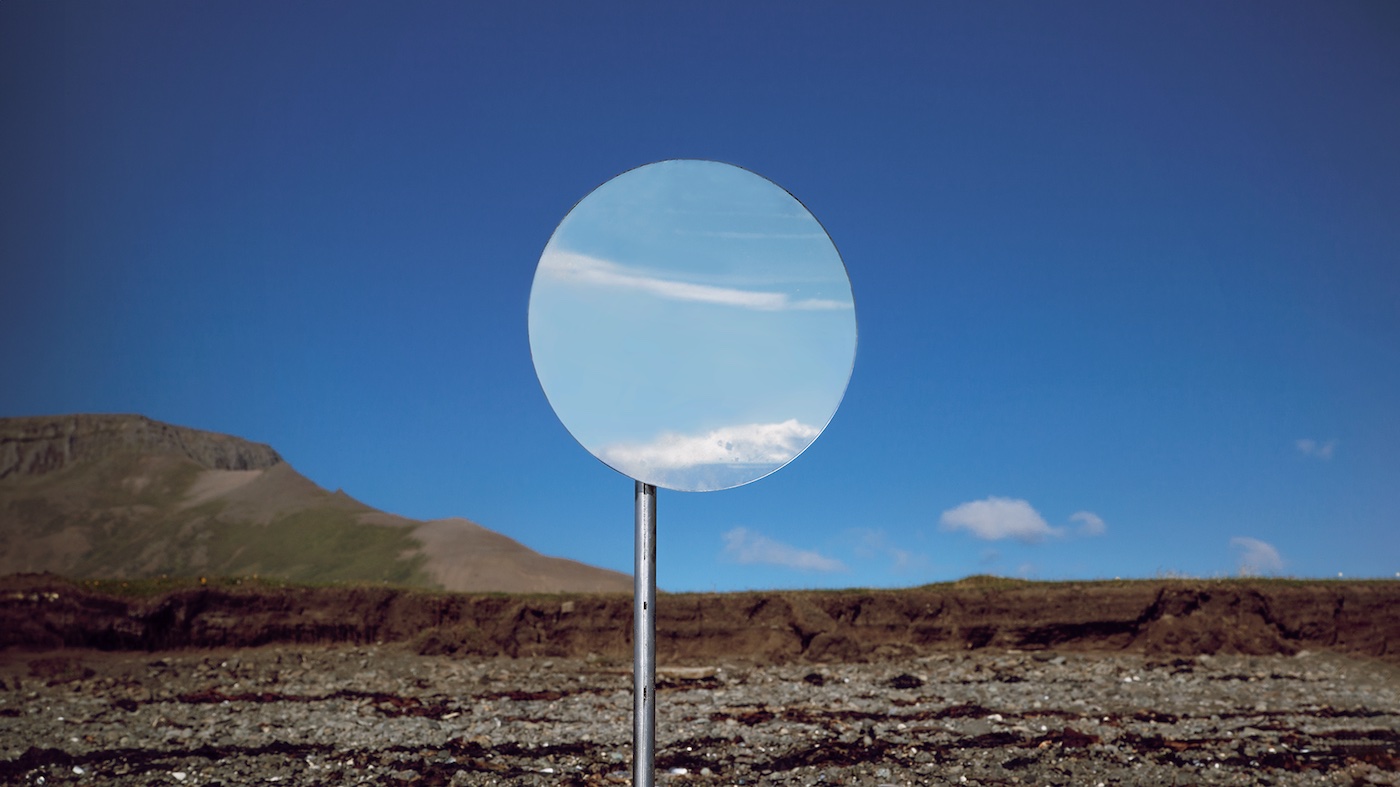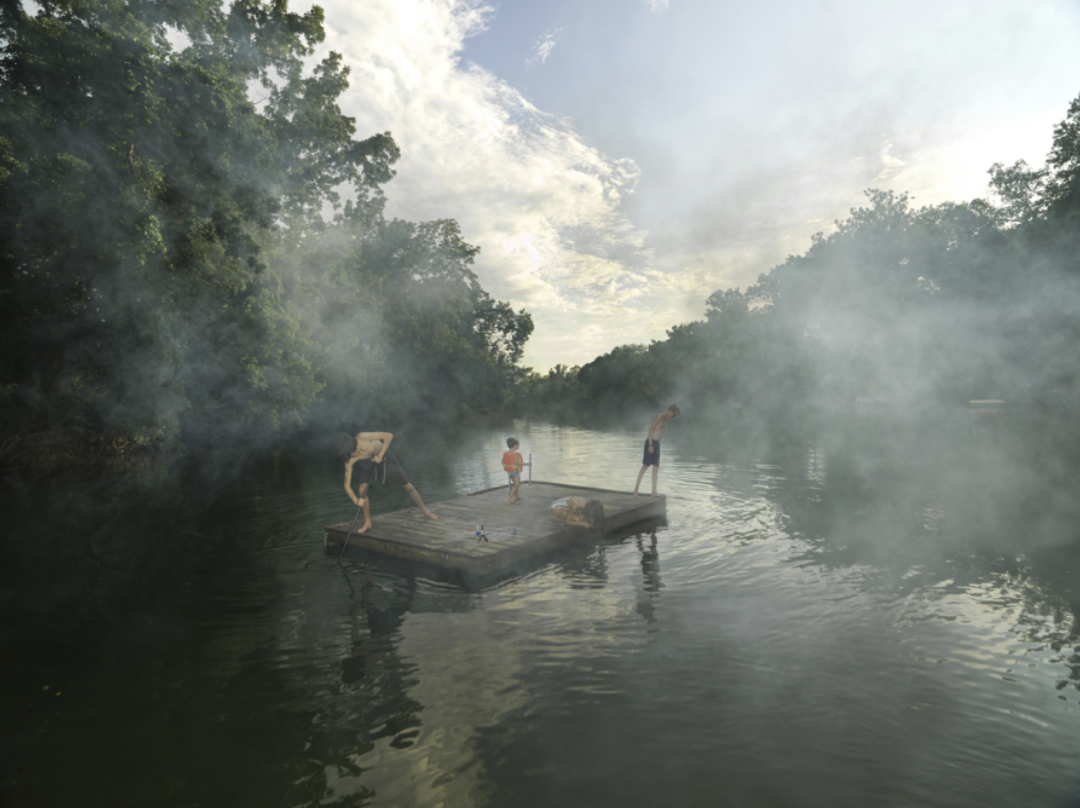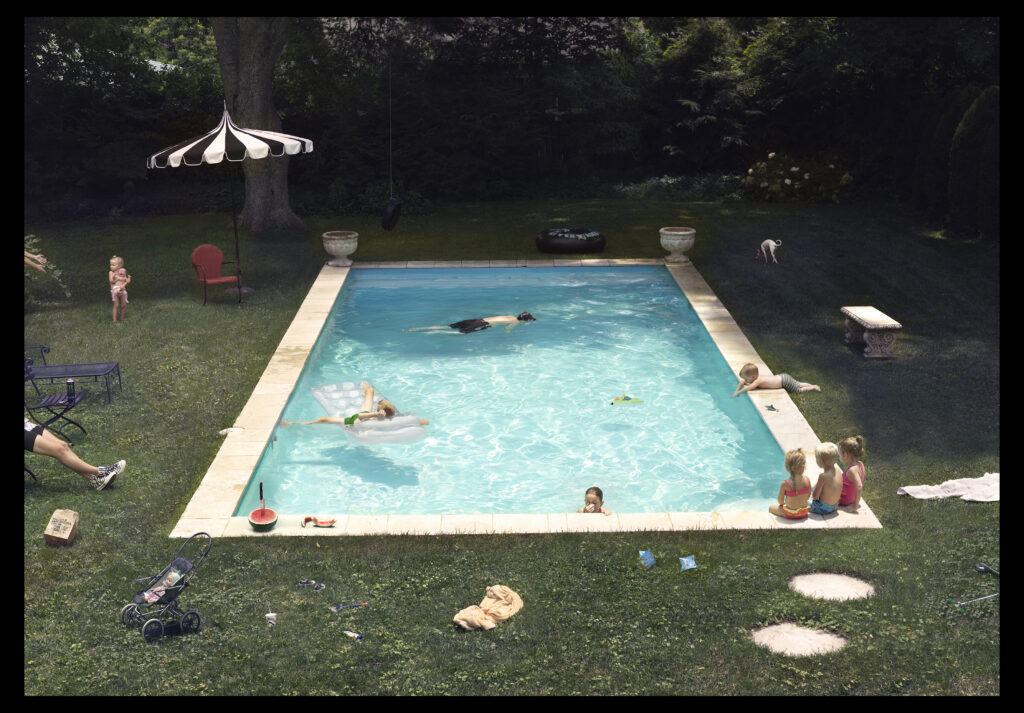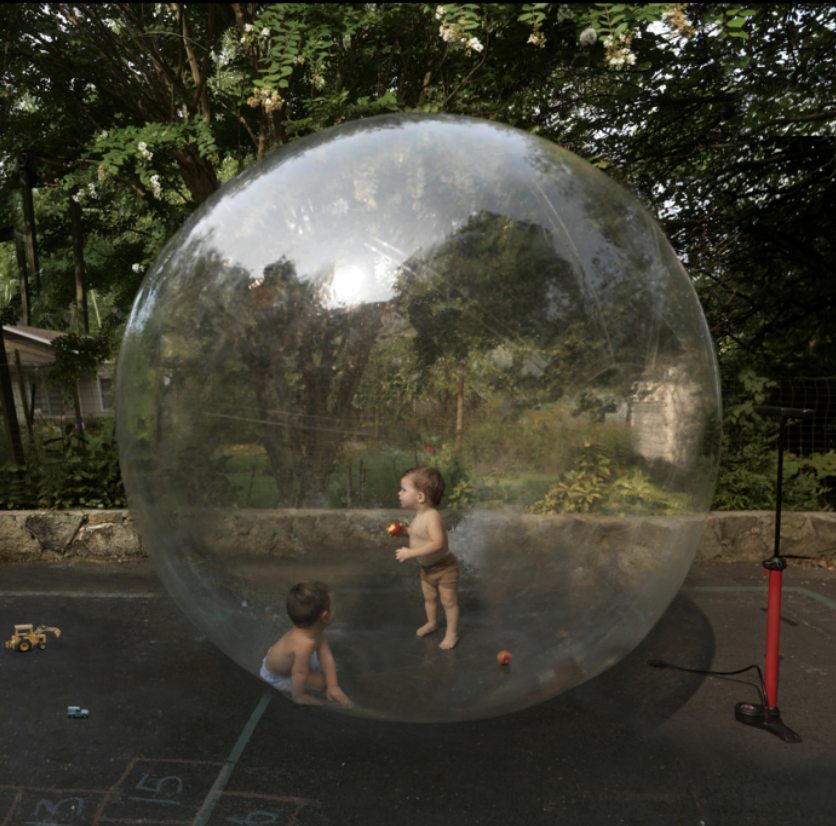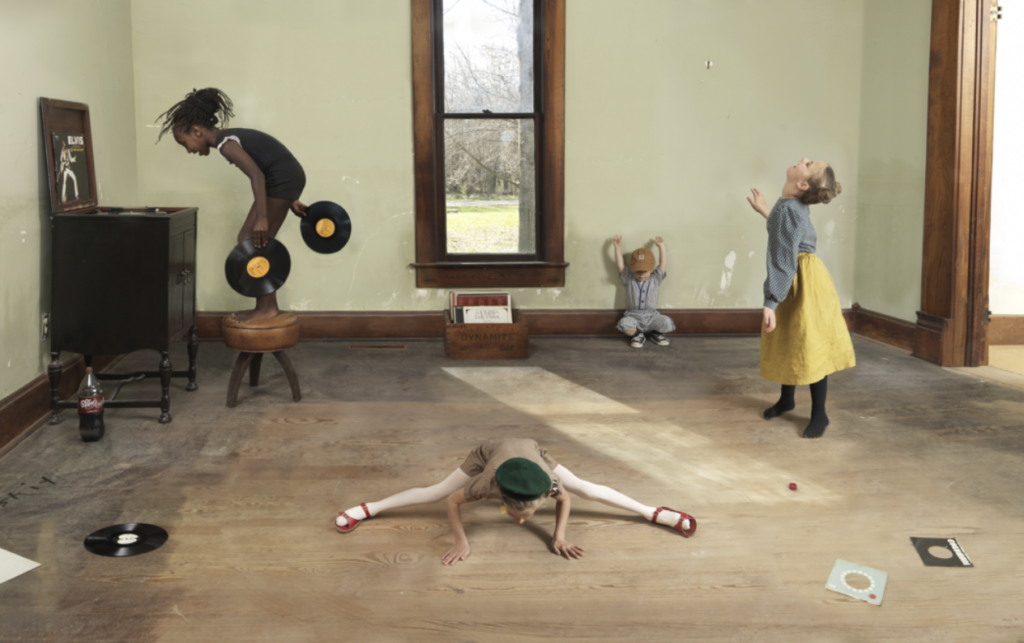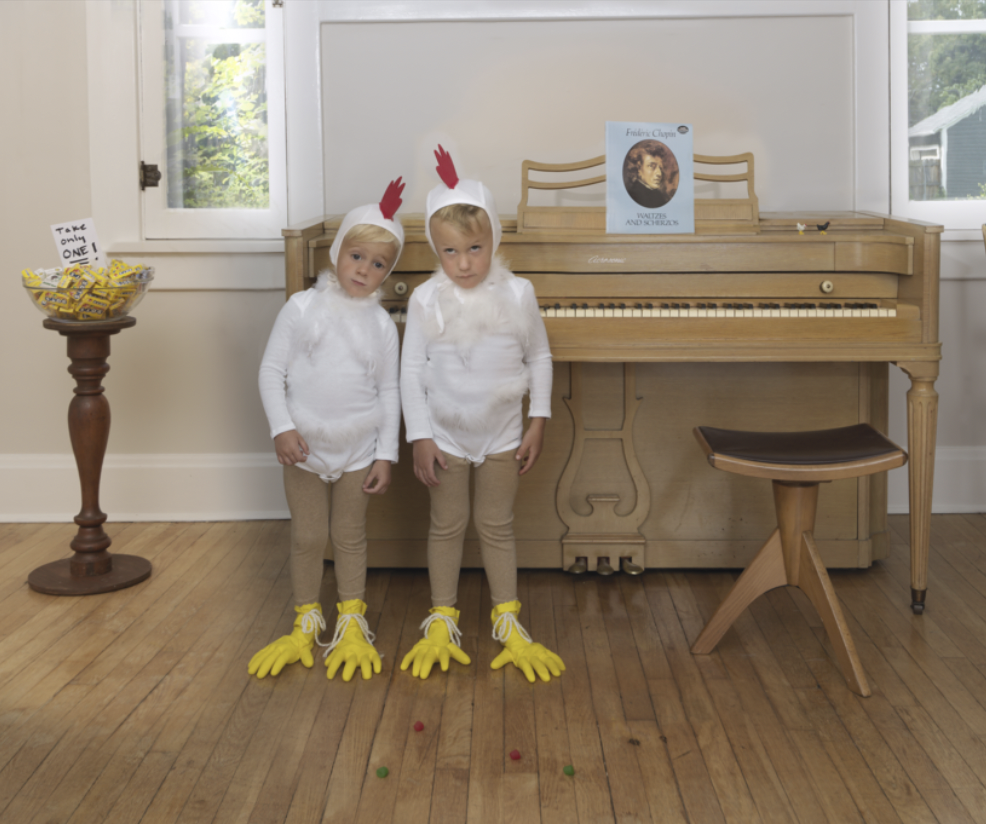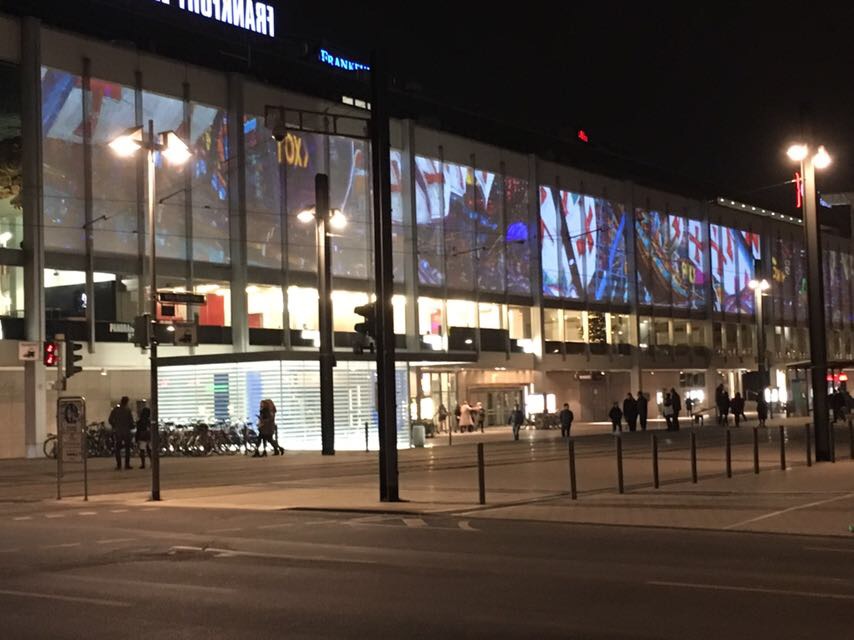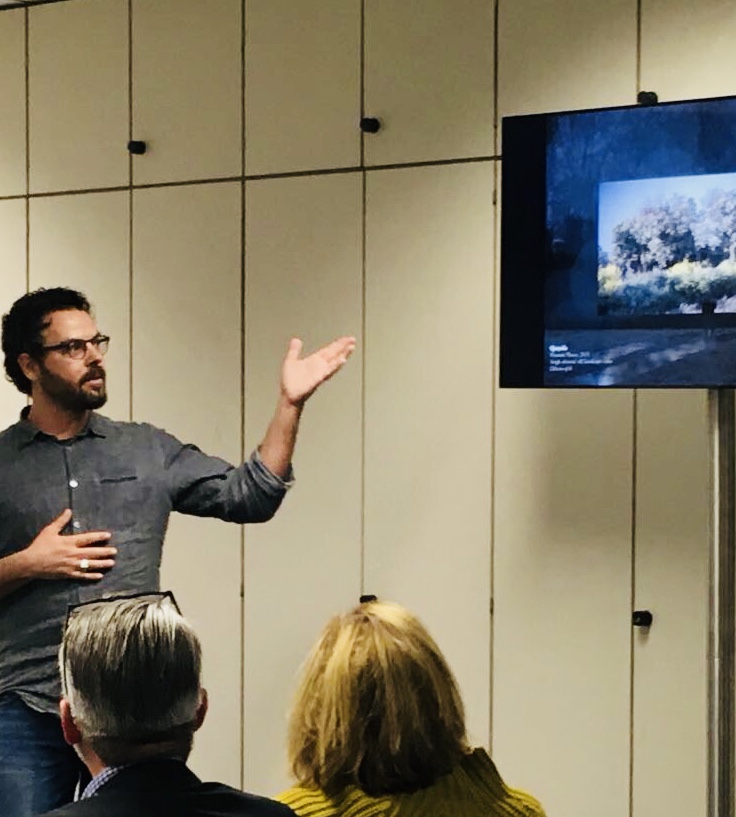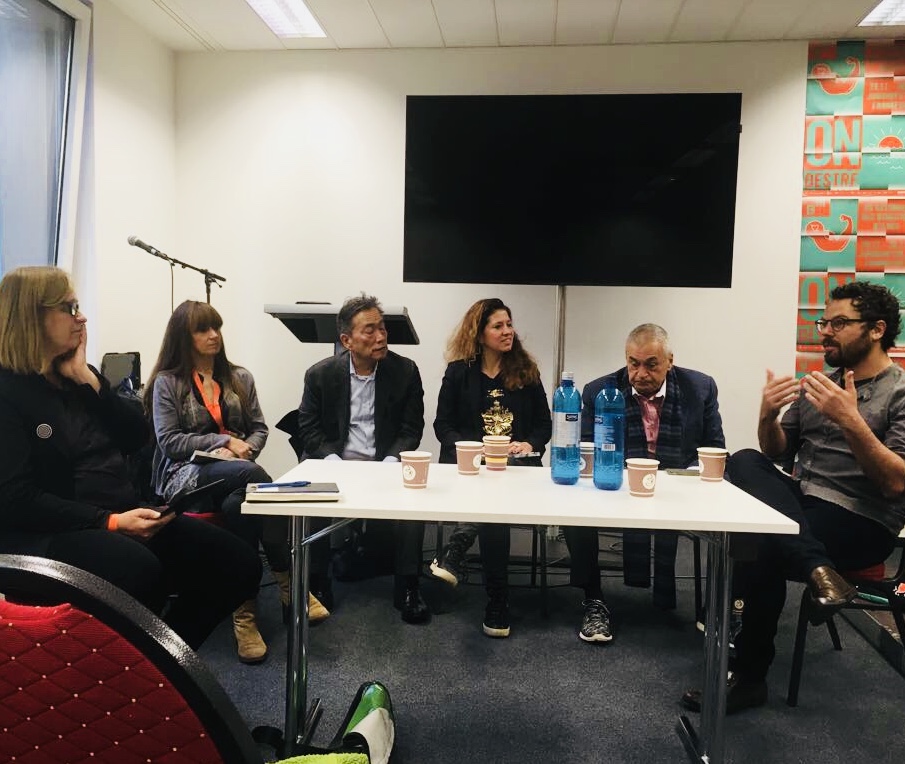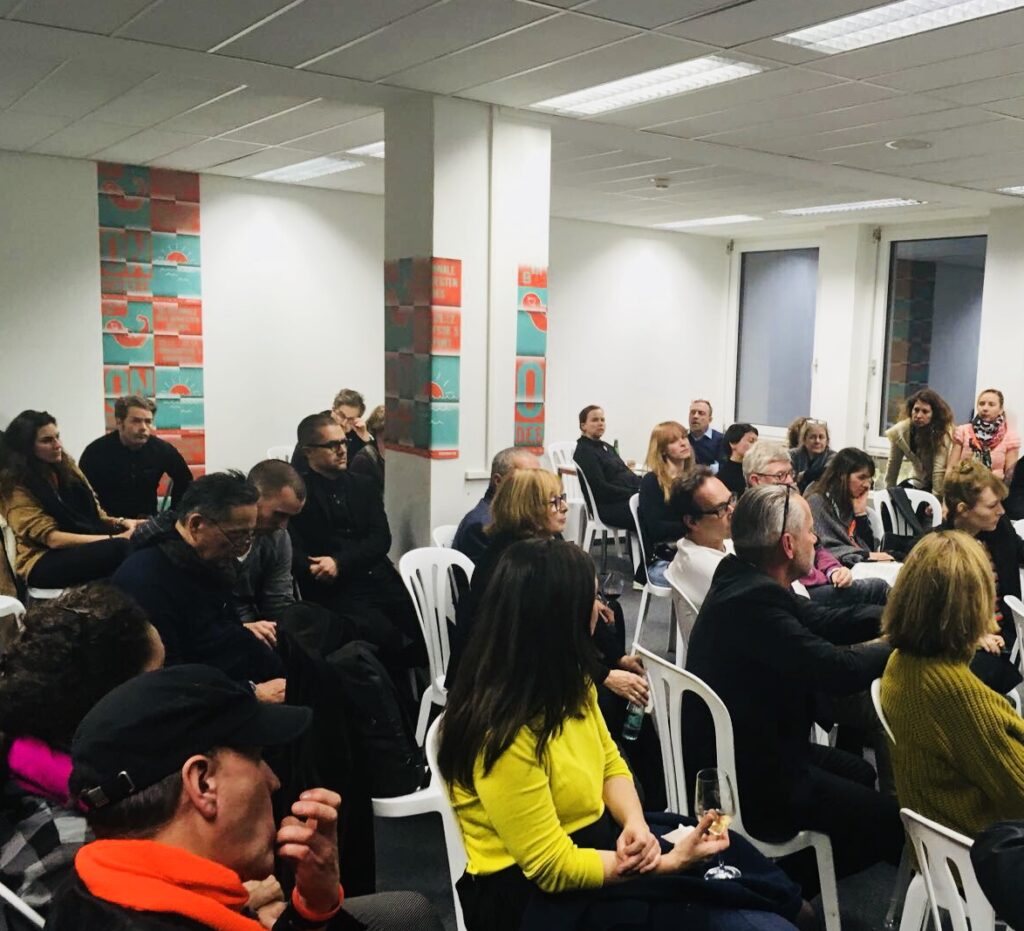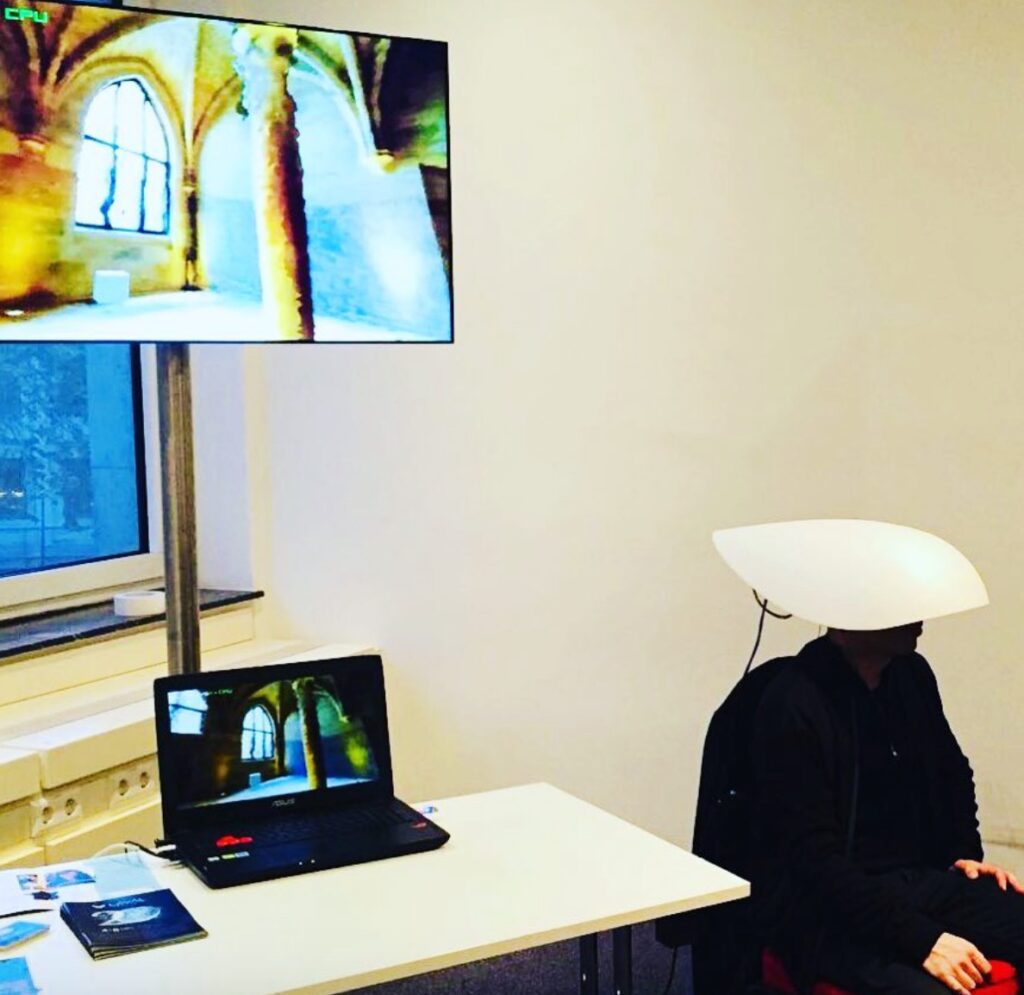Roxanne Vardi

Hadar Mitz is deeply engaged with the philosophical underpinnings of perception, time, and the ephemeral nature of existence. Her practice is located at the intersection of photography, video, and installation, employing these diverse media not merely as tools but as integral components of her conceptual framework. Her goal is ambitious: in her own words, “to gain hold onto unholdable things, and to communicate an intimate time perception by works that deal with our experience of impermanence and infinity, encompassed in our sense of now.”
Through her explorations, Mitz invites viewers to reconsider their relationship with time and the natural world. Her installations are immersive experiences that juxtapose the order we impose on nature with the chaos inherent in the natural order itself. Her videos and photographs are not mere representations but are imbued with the essence of time, challenging viewers to perceive beyond the immediate, to sense the imperceptible flow of existence.
On the occasion of her recent solo artcast on Niio, Duration, we had a brief conversation in which the artist elaborated on the concepts behind her work and her creative process.
Experience a different perception of time in Hadar Mitz’s artcast Duration
Hadar Mitz. Adolescence, 2018
When did you start focusing your work on the concept of time, was there a turning point in your artistic career which led to this?
Since I can remember, I have been interested in paradoxes and different perceptions of time 🙂
As a child I watched a movie that really shook me, “Flight of the Navigator”, in which a young boy is kidnapped into space. When he returns to earth he finds out that all of his relatives aged significantly whereas the boy remained the same age. A few years after I watched the movie I found out that this is an actual fact: time slows down the farther away one distances oneself from the Earth.
Hadar Mitz. Butterfly Pond, 2018
How do photography and video art as new media assist you in your goal of creating alternative perceptions of time?
The camera, whose action challenges the tangibility of the present moment, is the starting point of the majority of my works. In my creations I attempt to establish a dialogue with the concept of time. In some of them I try to re-experience the present, for instance by breaking down a video into single still frames or by bringing to life stuffed animals and inanimate stones. I do so due to my belief that time isn’t a linear movement from the past into the future but rather a continuous present that begins over and over again. This is a notion I borrow from the writings of French philosopher Henri Bergson, who coined the term “La durée” to express the idea that time is made up of fragments that give birth to one another, with each event giving rise to the creation of a new moment, a new mode of being.
“I believe that time isn’t a linear movement from the past into the future but rather a continuous present that begins over and over again.”
Your work on one hand leans on and deals with the natural world while on the other, by making use of new media technology, focuses on fabricated and mass produced elements. How do you bridge between these two seemingly opposite realms?
I am interested in the meeting point between the ever-changing natural world and the human attempt to comprehend it and provide it with meaning. Humans have fabricated a complete world of categories and perceptions that are seemingly equivalent to the natural world, but in fact they always narrow down and miss it because the natural world refuses to become fixated. In some of my video works, the representations of nature become manipulated, meaning that they don’t represent the things themselves. These are thus representations which have the goal to be exhibited, similar to infinite cabinets of curiosities or natural art museums. By these means we are asked to contemplate what exists outside of our existence, but in this process we are doomed to fail. Through my artworks I try to create spaces in which accepted global definitions become blurred. This lack of comprehension in turn gives space to the beauty and mystery of the world.
Hadar Mitz. Two Moons, 2020
In works such as Jetty (2018) you rearrange the picture frame to create a different scene from reality, which reinforces the potential of different perceptions and perspectives of a picture plane. What is it in this process and outcome that interests you most?
In my opinion, in the act of creation, the artist is his own sole authority: it is she who creates and gives birth to reality. Thus, the artist has the opportunity to change accepted rules –for example the way time flows, gravity, or the resurrection of dead objects. In this work as well as others, I took ruins of things that were at once filled with life, like feathers that I gathered, and recreated them as wings to provide them with a new life form, a new creation. One of the motivations in my work is the encounter with this new force of creation, which I identify with the potential of substances that I find around me and their never-ending potential to transform. Therefore, this force does not need a reason or external validation in order to reorganize the conditions of this new reality.
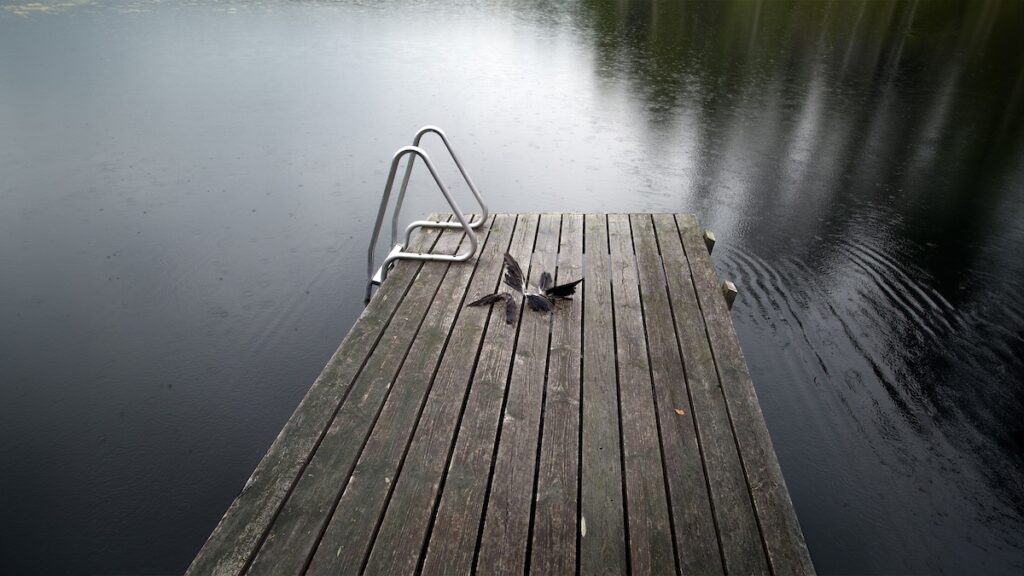
“Through my artworks I try to create spaces in which accepted global definitions become blurred. This lack of comprehension in turn gives space to the beauty and mystery of the world.”
You have referred to your work Gradient, 2019 as representing “a single space where different planes of reality intersect” which is interesting to think of vis a vis the internet-era and AI in creating new human experiences. Can you share your thoughts on this and your opinion on the future of the art world in an AI dominated space?
Lately, I have been working with desecrated AI imagery. I am enchanted by the endless possibilities that this collaboration gives space to. I see AI as a gate into the space of the collective unconscious of the Internet. In my opinion, this is the present realization of Carl Jung’s theory where we found an infinite treasure of encrypted-idiosyncratic images. AI mixes and processes these images through the networks that it creates between them and reconstructs them according to our requests.
It is hard for me to define how AI will change the future of the art world. I am especially curious to find out how the new conditions that AI supplies to the act of artmaking will allow us to reveal our human qualities either through conflict or through collaboration.

